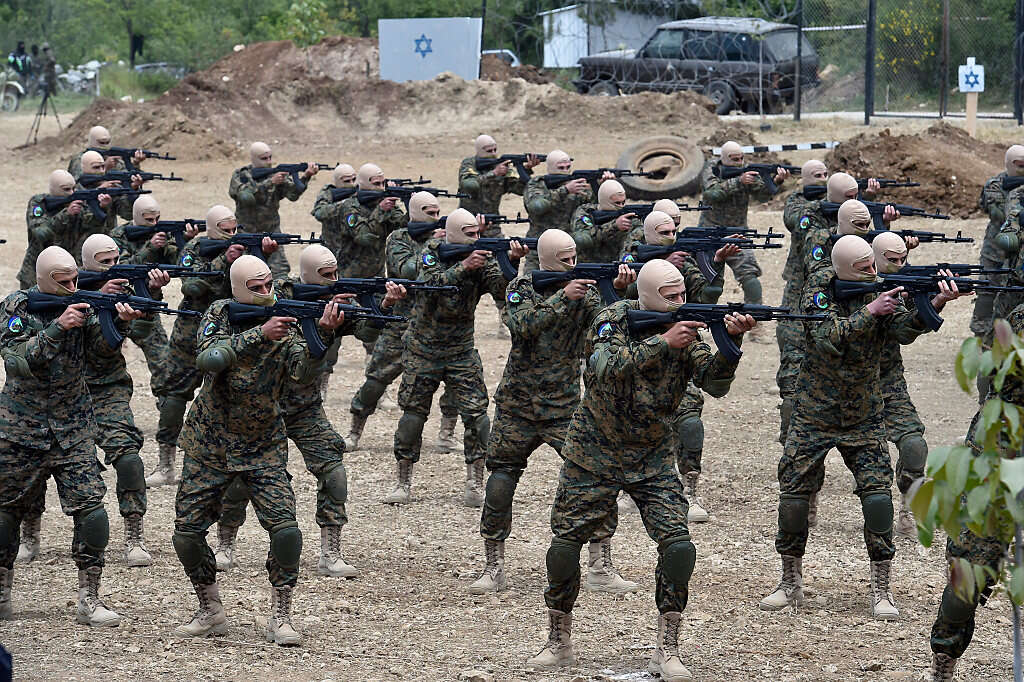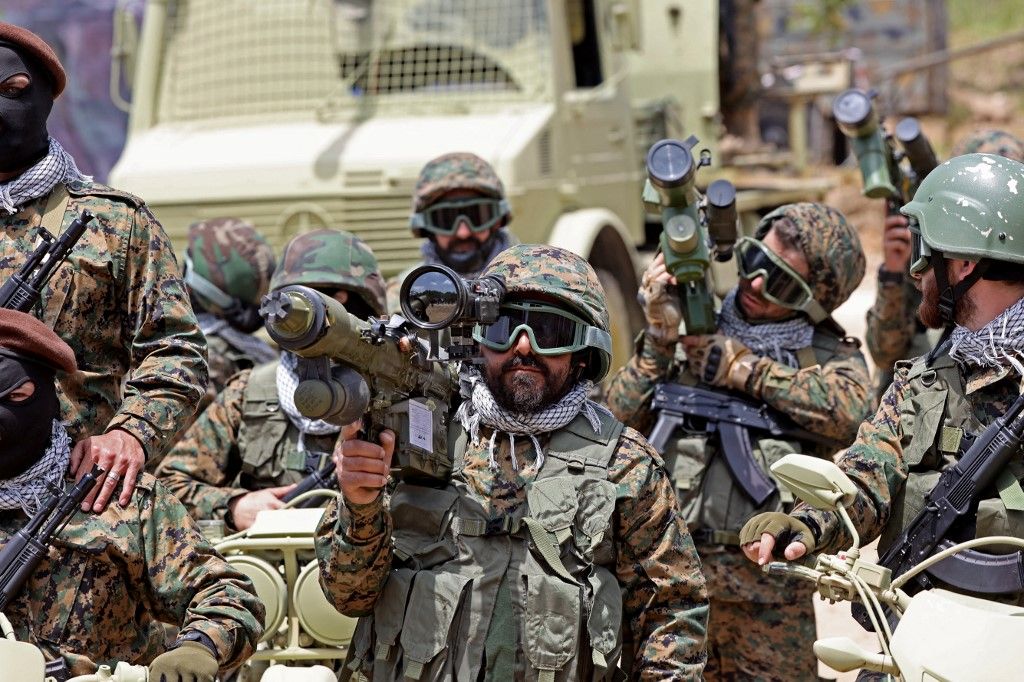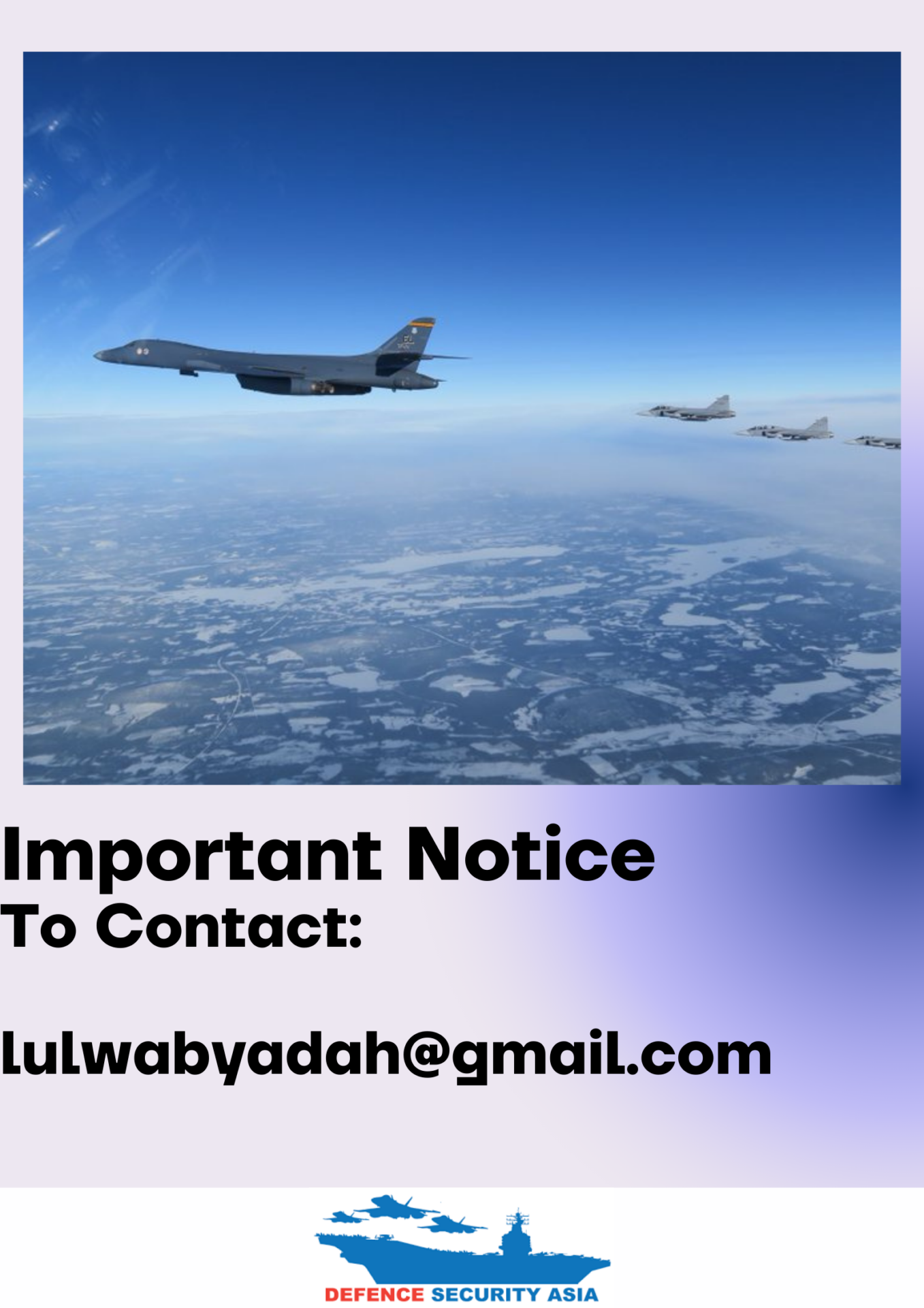Here’s What We Know About Hezbollah’s Elite Unit, Radwan Force
The specialists in Radwan appear to be far more capable than the average Hezbollah fighter, with training provided by the Sabeerin Commandos, a battalion within Iran’s Al Quds Force, a branch of the Islamic Revolutionary Guard Corps.
(DEFENCE SECURITY ASIA) — Previously a relatively unknown military unit of Hezbollah, the Radwan Force has gained renewed attention in recent months.
Israel has demanded that the elite unit withdraw more than 30 kilometres from the Lebanese-Israel border, threatening to remove it by force if Hezbollah does not do so voluntarily.
Rumours of the unit’s deployment in the Syrian Golan Heights have circulated, with analysts positing the deployment’s implications for Hezbollah opening a new front with Israel.
The military unit, however, is not new.
The special forces unit is trained to conduct small raids in Israel and has existed since at least 2006, when it carried out the capture of Israeli soldiers – the catalyst for the July 2006 war between Israel and Hezbollah.


Previously called the “rapid intervention unit,” the group was re-named in 2008 after the killing of Imad Mughniyeh, who had the nom de guerre of “Hajj Radwan”.
After Hezbollah intervened in favour of the Syrian regime in the Syrian civil war, Radwan Forces began to fight alongside the Syrian military and its allied militias.
The unit was reportedly deployed in southern and northern Syria to fight rebel elements, as well as in Quneitra in the Syrian Golan Heights, where Iranian-linked elements have maintained a presence for years.
Analysts have suggested that the unit’s time-fighting in Syria has made its ranks battle-hardened and increased its ability to fight as a commando force, as opposed to other more guerrilla-style units of Hezbollah.
Meanwhile The New York Times in its report said Radwan has taken the lead in Hezbollah’s long-running conflict with Israel, and in the cross-border attacks that have escalated in the months that Israel and Hamas have been at war.
Israeli military analysts say that Radwan has adopted the mission of conquering the northern Israeli region of Galilee.

“The Radwan force is dedicated to duplicating what happened on Oct. 7 in the south of Israel in the north,” Tamir Hayman, a retired general who led Israeli military intelligence until 2021, said in an interview.
“For that exact reason, it’s unacceptable for Israel to allow its fighters to remain in the border area.”
Last spring, the Radwan force took part in a rare example of public military exercises by Hezbollah, displaying an expansive military arsenal and simulating an infiltration into Israeli territory.
Slick propaganda videos produced by Hezbollah have showcased the group’s small unit tactics and live-fire drills, interspersed with threats to Israel.
Radwan is believed to number around 2,500 fighters, accounting for about five percent of Hezbollah’s total assessed manpower.
Janes, an open source intelligence company, said in 2017 that it assessed the Lebanese group as holding around 25,000 full time fighters, with a similar number of reserves.


The specialists in Radwan appear to be far more capable than the average Hezbollah fighter, with training provided by the Sabeerin Commandos, a battalion within Iran’s Al Quds Force, a branch of the Islamic Revolutionary Guard Corps.
Israeli military intelligence assesses that during wartime, Radwan units would be tasked with cross border raids, aimed at attacking civilian communities and seizing hostages.
The 2006 Lebanon War was sparked when two Israeli soldiers were kidnapped by operatives from an earlier iteration of the Radwan Force.
Former commander of Israeli forces in the north facing Lebanon says Hezbollah has expanded its offensive capabilities.
Brig. Gen. Shlomi Binder was quoted by local Israel media as saying that constant vigilance is needed at the northern front, as the army cannot just rely on intelligence to know about its opponent’s possible surprise moves.

He said that in recent years, Hezbollah has moved its special forces known as Radwan unit to the Israeli border region and has expanded its firepower, with more ability to conduct large offensive operations.
In other words, Hezbollah has become more of an army than a guerilla force, Binder said.
Radwan forces have a long experience fighting in the Syrian civil war and played a major role in capturing Aleppo. — DSA



Comments are closed.